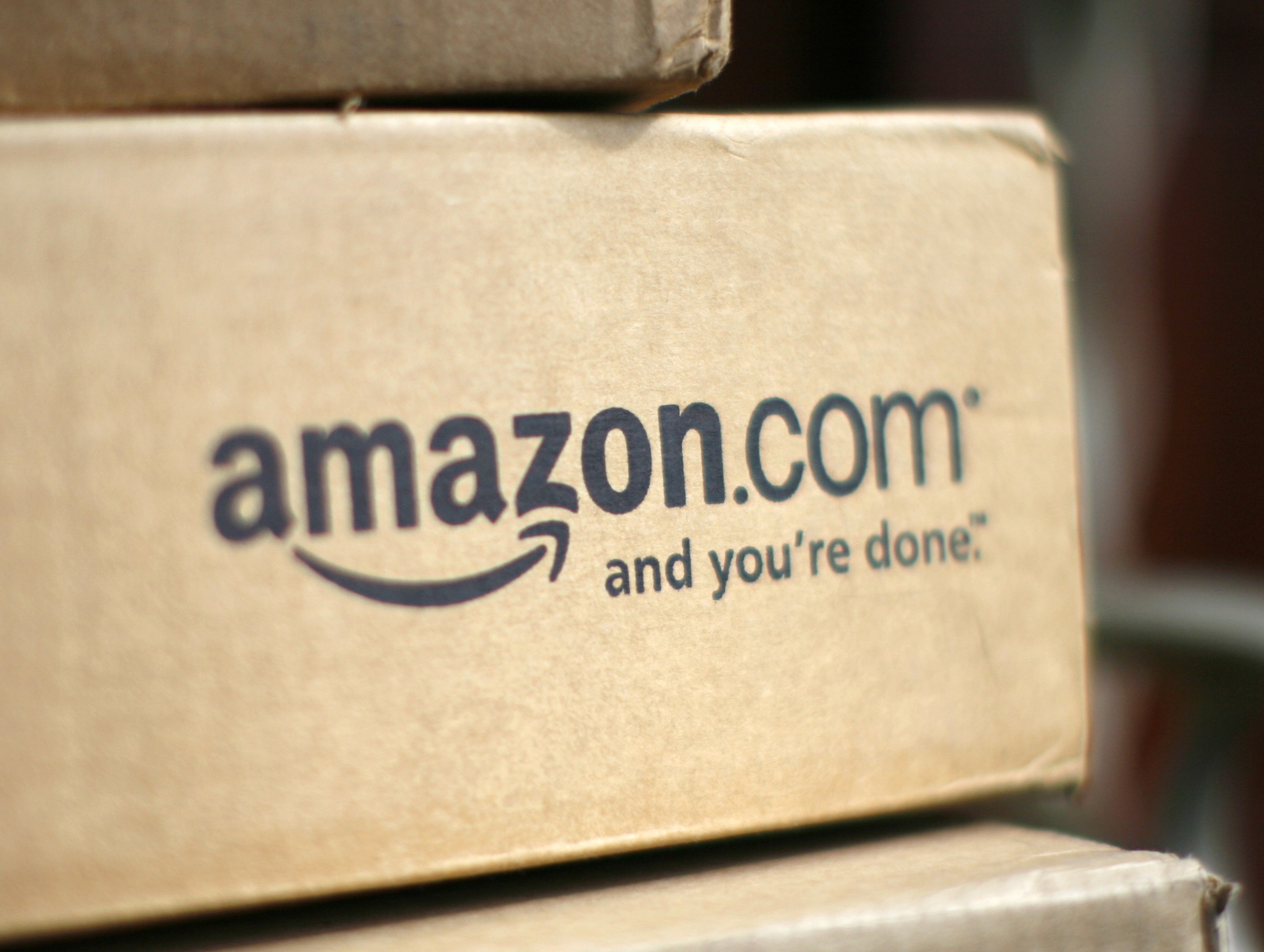Until the iWatch was rumored the continued need for people to talk about Apple, was a conversation fueled by rumors of a Apple TV.
For me this felt like another chance for Apple to redesign something that people didn’t realize was terrible until Apple showed us the way. Generally the seem to put up with bad design and then coin Apple as a genius for what amounts to quite obvious simplification. In fact, I’m amazed at how much bad design people put up with, every single remote in my apartment is a ugly and functions terribly, my microwave has 32 buttons, of which I use 4.
All the conversations thus far have spun around how Apple would change the way we navigate content. They would likely bring in this world of easily searchable pipes where we’d not focus on the content provider ( Fox) or channel ( Fox Soccer ) or means of providing content ( Cable TV), but instead focus on a content theme like “Soccer” and then show us all manner of “Soccer” content from live games, to video on demand, to youtube to Bluray discs you could buy. It seems like a natural way to change the game, but one fraught with political battles that only someone like the mighty Apple could win.
A question I was asked to Answer on Quora got me thinking, it was asking why T-Commerce ( the idea of buying goods and services directly from TV Ads or TV shows) has not taken off.
I quickly replied how many brands don’t have ( or want to have) the fulfillment systems required to make that attractive, so while P&G are big enough to have a online shop, they aren’t too keen to sell you a bottle of Dawn for home delivery when they’d rather you went to store. I jokingly suggested the only people who’d ever be able to make the model work would be Amazon. It got me thinking.
An Amazon TV would be much like a Kindle HD. It would be sold at cost price, hardwired to buy “content” or in this case “Goods” from Amazon. Amazon would gain market share of these TV by undercutting the competition. As an Amazon customer, you would have your address and Credit card on file. I’d expect it to have a built in camera for monitoring user behavior, but also for Skype calls and gesture control. So as a consumer your experience would be this.
You could see any Amazon content on your TV with no set top box, so you could play TV, Music and Videos via your Amazon account ( and price based on how many people viewing). I’d expect Amazon to have amazing search and recommendation engines based on your demographic and behavioral data and what your friends and influencers watch. This content would be served by agreements with Cable and other TV companies, again, only Amazon has the might to be able to do this with the required weight.
It would be gesture controlled, and be linked up to Amazon Voice to allow you to make video calls over the internet. Amazon would then sell the ability to buy items seen in TV shows, Films, Games and Advertisement breaks to Brands, but with the deals fulfilled by Amazon – so you may be watching Skyfall and buy MacCallan Whisky or Heineken, or be watching A teen drama and decide to buy the outfit worn by the main character, or most likely be watching a TV ad and decide to add a product to your shopping basket.
Amazon then start to get even more customer data, it showcases the effectiveness of ads, records which creative works, when they work, you could even serve banner ads in real time based on promotions that may be going on, so long as the customer finds them valuable,
It seems to be the perfect combo, brands selling more to people, to target more precisely being able to monitor ad effectiveness and producing a solution that works well for typical heavy Amazon users.

 Over the top digital media browsers (or set top boxes) are on fire with two players receiving major investments in the last two weeks.Â
Over the top digital media browsers (or set top boxes) are on fire with two players receiving major investments in the last two weeks. 